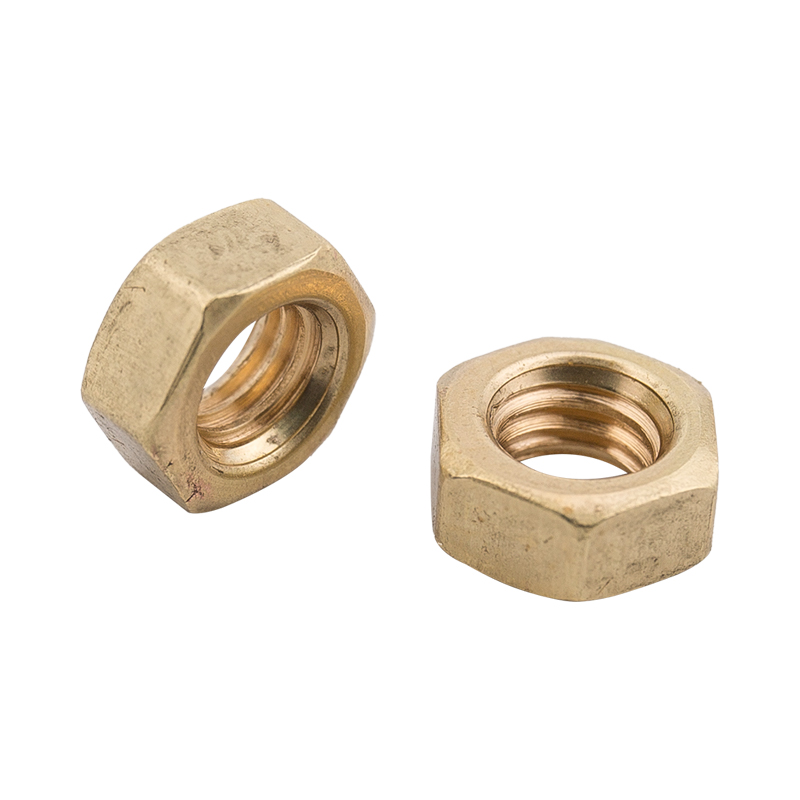-
CBB61 1.2uF/400V Black Film CapacitorsThe CBB61 1.2uF/400V capacitor features a black casing with black dielectric material, measuring 37mm × 24mm × 13mm. It includes mounting holes for se...
-
CBB61 1.5uF/400V CapacitorsThe CBB61 1.5uF/400V capacitor shares the 37mm × 24mm × 13mm black casing and black dielectric material with its 2.0uF counterpart. It also features m...
-
CBB61 2.0uF/400V CapacitorsThe CBB61 2.0uF/400V capacitor comes in a black casing with a black dielectric material, measuring 37mm × 24mm × 13mm. It includes mounting holes for ...
-
CL21 155/400V CapacitorsThe CL21 155/400V capacitor measures 22.5mm × 17.5mm × 10.3mm and is designed with a brown encapsulated casing, offering robust insulation and environ...
-
CL21 105/630V CapacitorsThe CL21 105/630V capacitor has dimensions of 22mm × 12.5mm × 7mm and features a brown encapsulated design, providing enhanced insulation and mechanic...
-
X2-104uf/305V CapacitorsThe X2-104uF/305V capacitor measures 18mm × 12mm × 11mm and features a yellow shell and yellow dielectric material, ensuring reliable insulation and l...
How do the thermal properties of copper nuts enhance the performance of heat exchangers in HVAC systems?
Industry News-The thermal properties of copper nuts significantly enhance the performance of heat exchangers in HVAC systems in several ways:
High Thermal Conductivity: Copper's exceptional thermal conductivity allows it to transfer heat rapidly. This means that copper nuts can efficiently conduct heat between the fluids and the heat exchanger surfaces. As a result, when air or fluid passes through the system, it can be heated or cooled more quickly. This efficient heat transfer not only improves the overall performance of the HVAC system but also helps reduce energy consumption. Faster thermal exchange can enhance user comfort by ensuring that the system responds quickly to temperature changes.
Rapid Heat Dissipation: The ability of copper to dissipate heat effectively plays a crucial role in maintaining optimal operating temperatures within HVAC systems. In applications where quick temperature adjustments are necessary, copper nuts help ensure that the system can manage these changes efficiently. By rapidly dissipating excess heat, copper nuts prevent overheating, which can lead to equipment failure or reduced performance. This capability enhances the reliability of the HVAC system and contributes to a longer lifespan for the equipment.

Corrosion Resistance: Copper naturally forms a protective patina when exposed to moisture and air, which helps prevent corrosion. This property is vital for heat exchangers that operate in humid or chemically aggressive environments. By maintaining the structural integrity of the heat exchanger, copper nuts ensure that thermal performance remains consistent over time. This longevity minimizes maintenance needs and reduces the likelihood of performance degradation, thereby improving the overall reliability of the system.
Lightweight Design: The relatively low weight of copper makes it an attractive option for heat exchanger designs. This lightweight characteristic not only simplifies installation but also eases handling during maintenance. In many applications, reducing the weight of components can lead to lower transportation costs and facilitate easier integration into existing systems. A lighter design can also enhance the overall efficiency of the HVAC system by allowing for more streamlined configurations.
Durability Under Temperature Fluctuations: Copper exhibits excellent resilience to thermal expansion and contraction, which is crucial in maintaining the tight seals required in heat exchangers. As temperatures fluctuate, copper nuts can effectively retain their integrity and ensure a proper fit, minimizing the risk of leaks. This stability is particularly important in environments where temperatures vary significantly, as it allows the heat exchanger to operate efficiently and reliably.



 русский
русский Español
Español